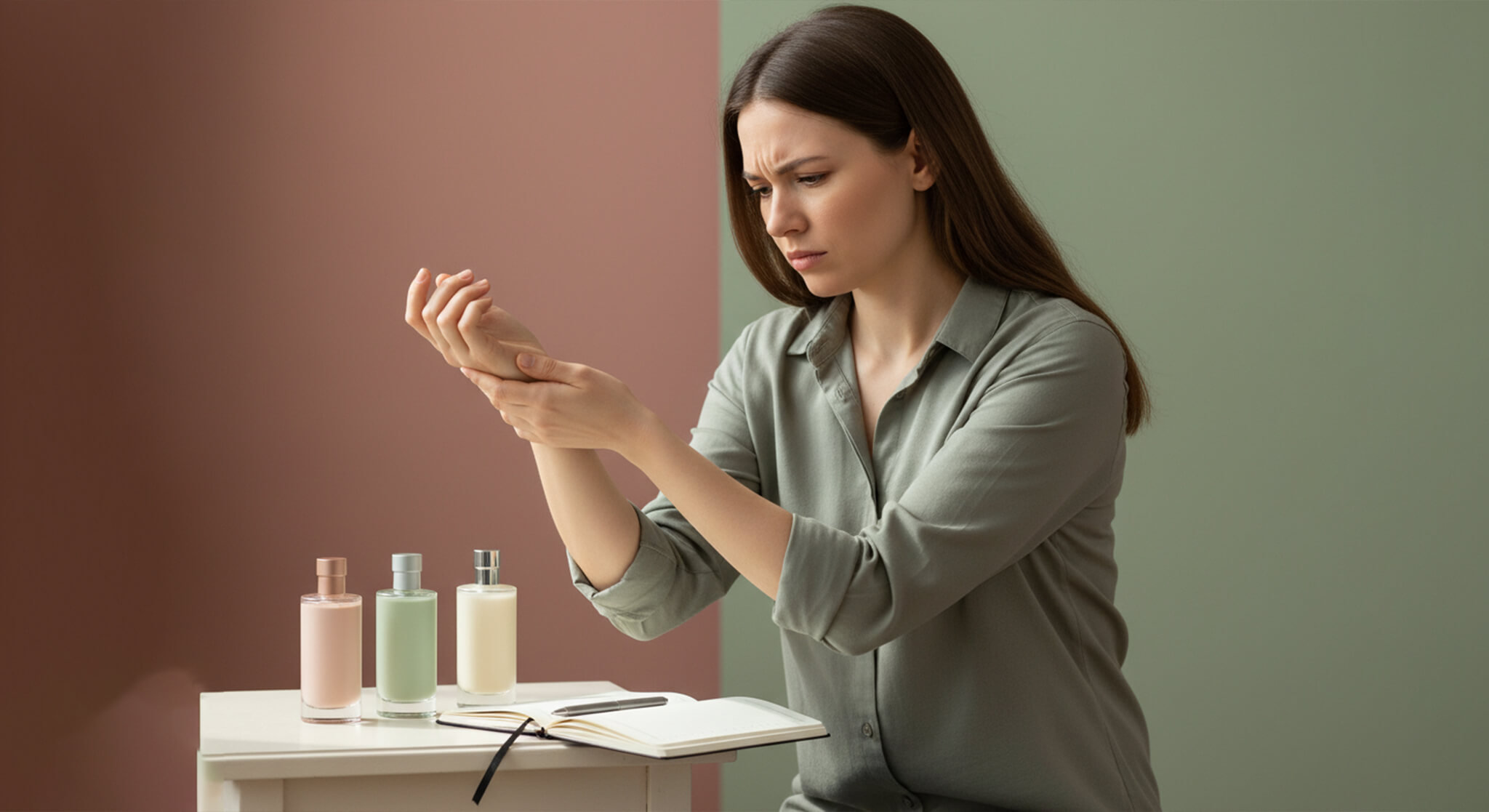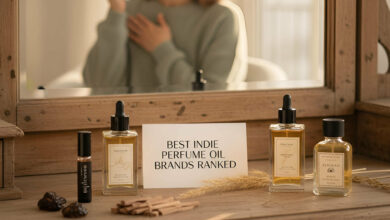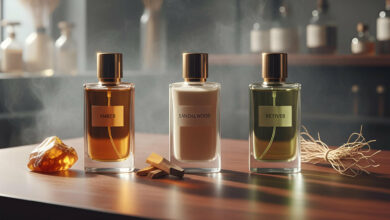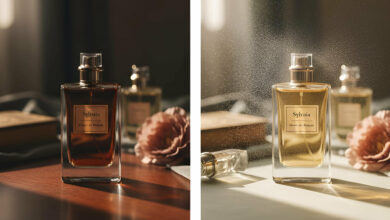Is Your Skin Chemistry the Main Reason Perfumes Don’t Last on You? An In-Depth Review
Table of contents
- The “Vanishing Scent” Frustration: A Common Perfume Mystery
- Deconstructing “Skin Chemistry”: The 3 Key Factors
- The Verdict: Is Skin Chemistry the Main Reason?
- The At-a-Glance Comparison Table: Factors Affecting Longevity
- How to “Hack” Your Skin Chemistry for a Longer-Lasting Scent
- The Final Word: You Are in Control
The “Vanishing Scent” Frustration: A Common Perfume Mystery
You spray a beautiful, perhaps expensive, perfume in the morning. You love it. But by noon, it has completely disappeared, leaving no trace behind. This frustrating experience often leads to a common conclusion: “My skin just eats perfume.” The idea of having the ‘wrong’ skin chemistry that destroys fragrance is a widely held belief in the beauty world.
But is your unique skin chemistry truly the primary villain behind your disappearing scent? Or are there other, more powerful, and more controllable factors at play?
We’re diving deep into the science of how perfume interacts with skin to reveal the truth. We will analyze the real impact of your skin type, compare it to other crucial factors, and give you the power to make any perfume last longer.
Deconstructing “Skin Chemistry”: The 3 Key Factors
“Skin chemistry” is a broad term, but when it comes to fragrance longevity, it primarily breaks down into three key variables.
Factor #1: Skin Type (Dry vs. Oily) — The Biggest Player
This is the most significant component. Oily skin naturally has more lipids (oils) on its surface. These lipids give the perfume molecules something to bind and cling to, essentially “holding” the fragrance on the skin for longer. Dry skin, on the other hand, lacks these natural oils. The surface is less emollient, giving the volatile perfume molecules no anchor, which causes them to evaporate into the air much more quickly. Your skin type is a primary determinant of a perfume’s natural makeup longevity (scent longevity).
Factor #2: Skin Temperature
If you naturally “run hot,” your warmer skin will project a fragrance more intensely, creating a larger and more noticeable scent trail (sillage). However, this extra heat also acts as an accelerator, speeding up the evaporation process. This can sometimes lead to the scent fading faster than it would on someone with cooler skin.
Factor #3: Skin pH
The acidity of your skin can slightly alter the way certain notes in a perfume smell on you, making a scent unique to the wearer. However, its direct impact on longevity is generally considered minimal compared to your skin’s moisture and oil content.
The Verdict: Is Skin Chemistry the Main Reason?
So, is your innate skin chemistry the primary reason your perfume doesn’t last? For most people, the answer is no. While it is a very important factor (especially for those with very dry skin), there are two other factors that are often even more significant:
- The Perfume’s Concentration: This is the biggest factor of all. An Eau de Toilette (EDT), with its low 5-15% oil concentration, is designed to be lighter and more fleeting. An Eau de Parfum (EDP) or an Extrait de Parfum, with their higher concentrations, will last longer on almost everyone, regardless of skin type.
- Your Application Technique: How and where you apply your perfume can have a greater impact on longevity than your innate skin type.
The At-a-Glance Comparison Table: Factors Affecting Longevity
| Factor | Impact on Longevity | Your Level of Control |
| Perfume Concentration | Very High | High (at purchase) |
| Application Technique | High | Very High (daily) |
| Skin Chemistry (Dryness) | Medium-High | High (through skincare) |
How to “Hack” Your Skin Chemistry for a Longer-Lasting Scent
The best news is that you can easily change the “chemistry” of your skin’s surface to make it a perfect canvas for fragrance.
The Golden Rule: Create a Moisturized Canvas
Since dry skin is the biggest skin-related enemy of longevity, the solution is simple: don’t apply perfume to dry skin. Before you spray, apply a layer of unscented moisturizer or body lotion to your pulse points. This gives the fragrance molecules the emollient base they need to cling to.
The “Fragrance Primer” Hack
For an even more powerful anchor, apply a thin, sheer layer of an occlusive balm (like Vaseline or Aquaphor) to your pulse points before you spray. This creates a protective skin barrier that dramatically slows down the fragrance’s absorption and evaporation, holding it on your skin for hours longer. This hack works because occlusive ingredients significantly decrease the skin’s permeability, forcing the volatile fragrance molecules to evaporate from the surface more slowly.
The Art of Product Layering
If your perfume has a matching scented body lotion or cream, using it beforehand is the ultimate form of product layering. It creates a deeply moisturized and scented base that will both amplify and extend the life of your fragrance.
The Final Word: You Are in Control
Having “skin that eats perfume” is not a life sentence. In most cases, it is simply a sign of dry or dehydrated skin—a problem you can easily solve before each application.
By understanding the science and adopting the simple strategy of moisturizing before you spray, you are taking back control. You are effectively changing your skin’s surface to work for you, ensuring that any fragrance you choose can last beautifully throughout the day.






